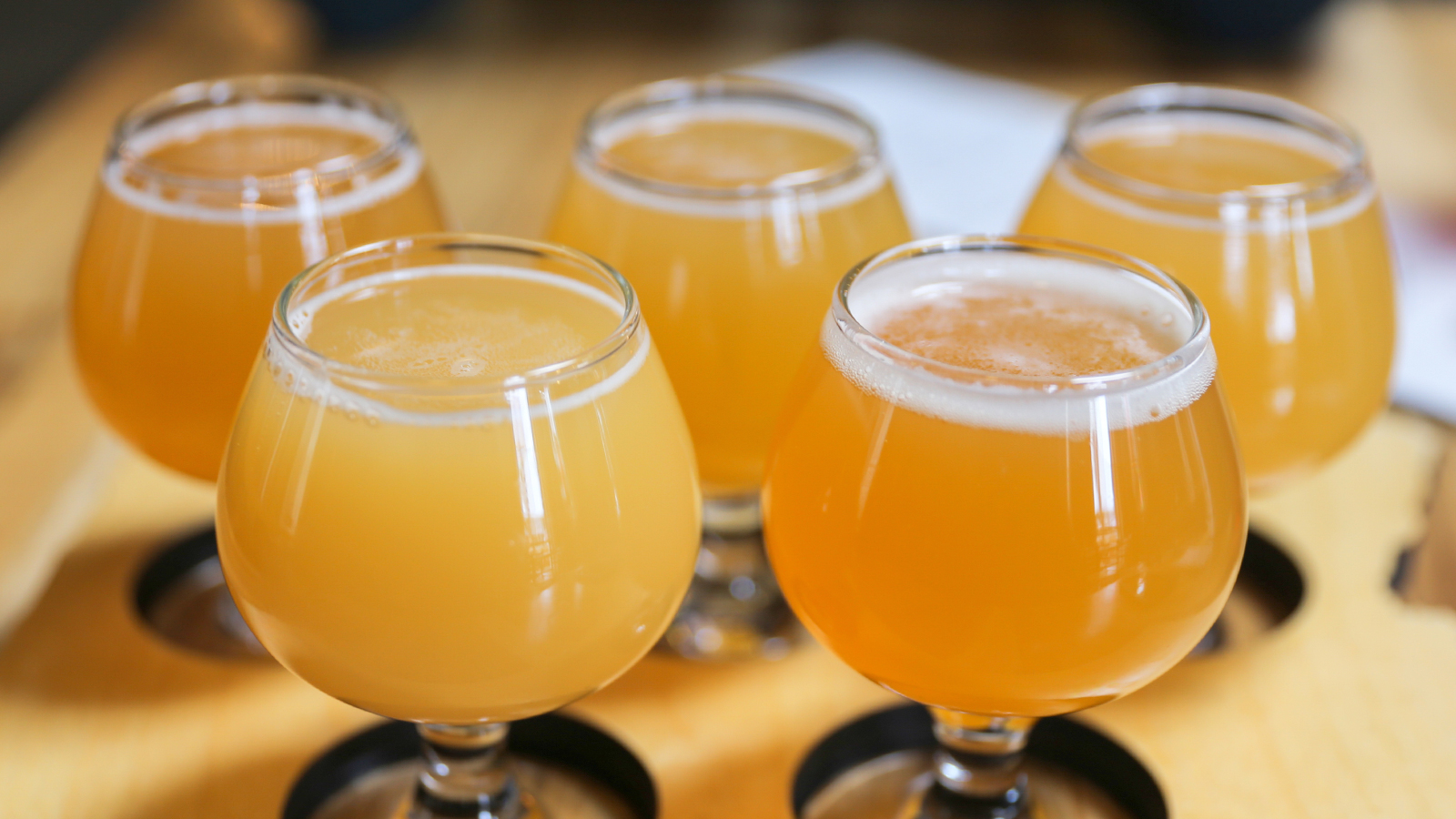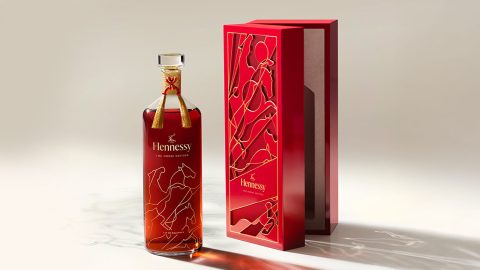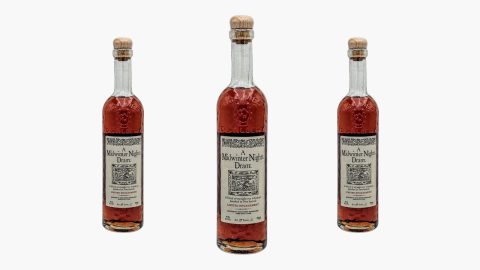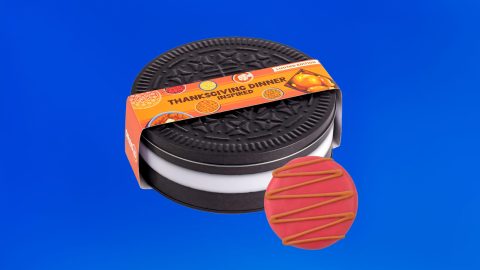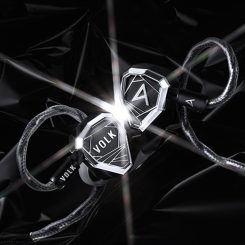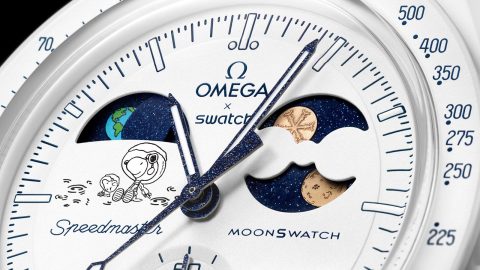For the uninitiated, having someone hand you a “hazy beer” seems a bit like an insult. After all, for years you’ve been studiously trying not to chug a murky mug of questionable brew poured in some dive bar or another. Now you’re going to drink it on purpose?
While it’s true that some hazy beers happen by accident and can be quite, um, unpleasant, the hazes currently exploding on the market are completely intentional — and completely delicious. At least we think so.
We Like Big Body And We Cannot Lie
Orange juice comes in countless varieties these days, but perhaps the biggest decision is whether you go for a jug with pulp or no pulp. Some people don’t like the texture of pulpy OJ, but pulp aficionados know that the extra fruit debris brings a pleasant mouthfeel and a lot more flavor. Haze is pretty much the same thing.
Rather than pulp, hazy beers get their body from flavor-adding particulates which are often filtered out. By leaving hazes both unfiltered and unpasteurized, brewers bottle up a beer that’s thicker and often more fruit forward, with the bitter edge of IPA tempered and the particulates lending an overall softer, creamier feel.
Hoppy Accident or Calculated Creation?
Craft brewers aren’t necessarily setting out to make a haze just for the sake of producing a haze. More often that not, brewers are simply trying to create the most aromatic, hop-driven beer they can and leaving the particulates in helps them accomplish that goal.
Other reasons for the haze include:
- Not only the amount of yeast used but also the type — some strains known for their fruitiness also bring a lot of haze into the mix
- Colloidal haze, a phenomenon that happens when proteins and phenols hook up and create a molecule that’s then suspended in the surrounding liquid
- Temperature, in particular when certain beers develop a haze at around 32°F but lose the opaqueness once the beer warms up
- Late-addition hopping, when brewers add hops to a beer later in the process than they typically would, maximizing aroma without activating the hops’ bitterness-boosting alpha acids
- Introducing weird additives like pectin-thickened applesauce, wheat germ, or flour
That last bullet point is a bit of a concern in the beer world. As hazes continue to draw big audiences and dominate grocery shelves, companies are increasingly interested in grabbing some of that market share. The problem occurs when brewers take a shortcut, making their IPAs cloudy just for the sake of being cloudy. This doesn’t improve the beer (in fact, it can do the exact opposite), and is basically just an attempt to piggyback on the haze trend.
Beware the Haze Haters
The push-pull between traditionalists and innovators in the brew community is alive and well, and haze is a hot topic. Even though hazy beers date back to at least the mid-90s, when John Kimmich (currently of The Alchemist in Stowe, Vermont) and his partner Greg Noon first began brewing hazy IPAs at their Vermont Pub & Brewery. They were the first, and like most pioneers, they took some heat. Purists wanted beer to be crystal clear. These hazy IPAs were anything but.
Haze haters say the brews are the antithesis of classically made beer. The lack of clarity and fining feels like a major no-no, taking “safer” versions like hefeweizen way too far for a classicist’s comfort. There’s also a not totally uncalled for bit of professional rage happening; less talented brewers are making bank whipping up mediocre hazes that emphasize the look of the beer over the taste.
The naysayers aren’t all wrong, but you can’t throw the juice bombs out with the bathwater either. So how can you ensure the haze you pick won’t suck?
How to Pick a Hazy Beer
- Remember the terminology. Look for words like “hazy,” “haze”, and “juicy”, all of which can be used to market hazy beer
- Go by brewery rather than label. Think twice about choosing a six-pack from pop-up breweries that only offer haze and look for versions from reputable breweries you’re already familiar with. While not all random hazes are bad and some reputable breweries churn out lackluster haze, generally speaking it takes an experienced, talented brewer to do haze right, and you’ll usually find those wunderkinds at established places.
- Have an open mind. Remember how we turned up our noses at the idea of adding flour or wheat germ to beer in order to make it hazy? Yeah, well, some producers are proud of their avant garde ingredient lists. Take Jan Broillet of Pennsylvania’s Tired Hands Brewing. On an episode of Steal This Beer, Broillet proudly offered up the secret behind his Milkshake IPAs: a combination of lactose, wheat flour, and green apple puree. Sacrilege? Depends on who you ask, but before you sneer, take note that Tired Hands’ Milkshake IPAs have sky-high ratings on almost every beer review site ever. In other words, they’re really tasty.
Like most beer trends, hazes aren’t for everyone, but you won’t know what tickles your taste buds until you give it the old college chug.

